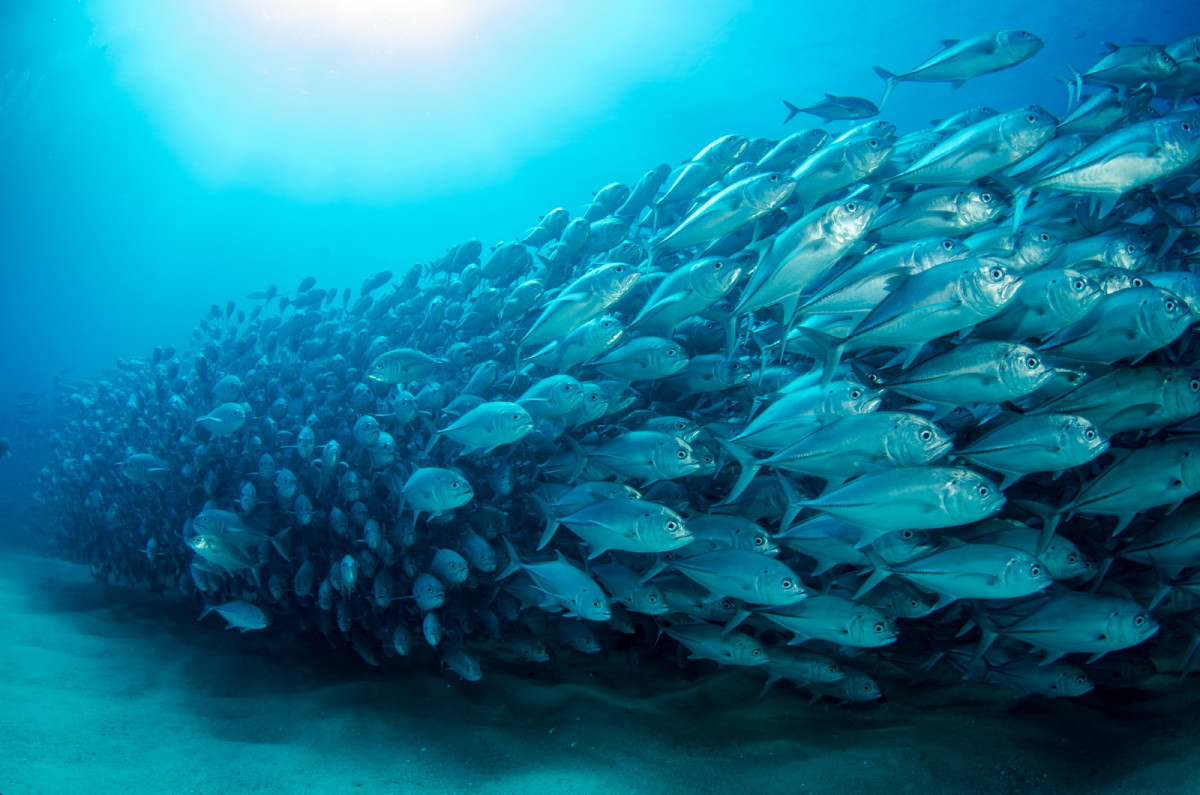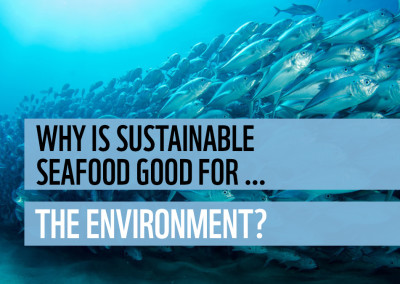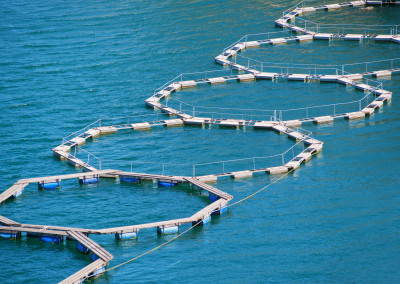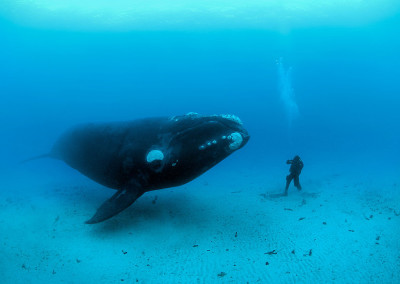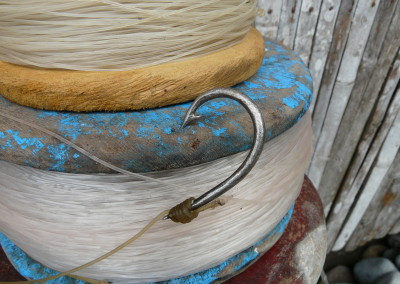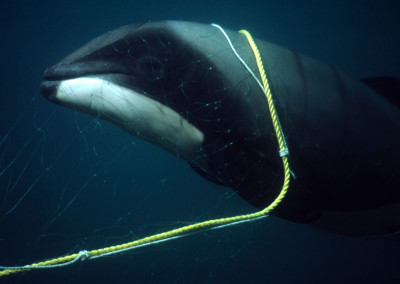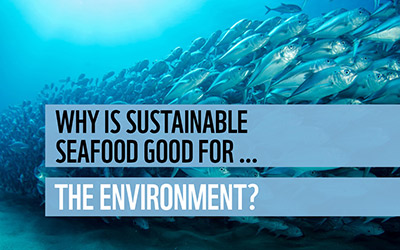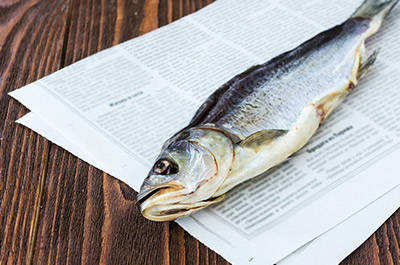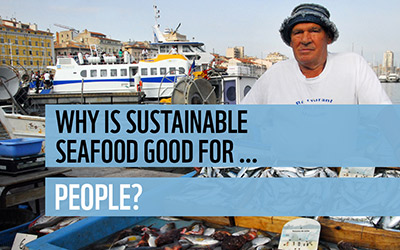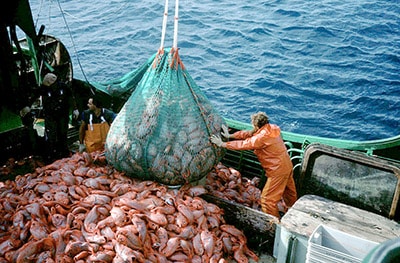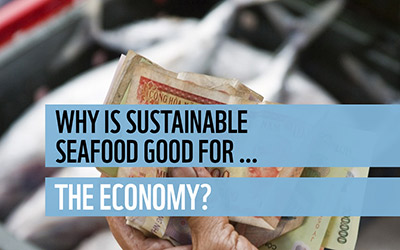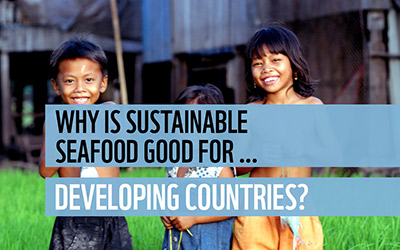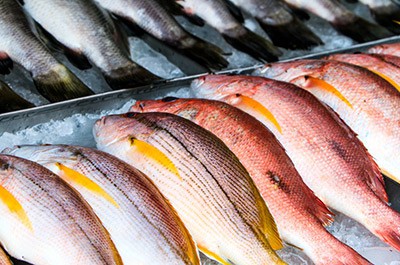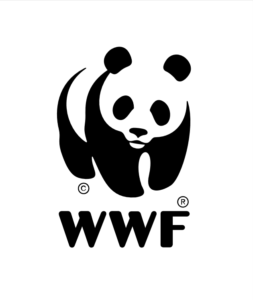Why is sustainable seafood good for … the environment?
Sustainable fishing and sustainable fish farming (aquaculture) have a positive effect on species and the environment. But also people benefit.
Unsustainable fishing endangers species and their habitats. For centuries, the expanse of the seas was seen as an inexhaustible source of fish and seafood. Today we know that more than ¾ of fish stocks are fully fished – or even over fished.[1] The result: entire species, such as the Pacific Bluefin tuna and swordfish, are highly endangered and are at an all-time low.[2]
Other marine species, such as whales, dolphins and turtles, are not necessarily hunted but killed as bycatch as an unintentional by-product of fishing. Both a senseless death and an enormous problem as an estimated 40% of global catch consists of bycatch.[3]
Sustainable fishing results in a tremendous recovery of fish stocks and their habitats. Furthermore, healthy fish stocks and a healthy ocean environment are crucial for the livelihoods of coastal communities. Millions depend on fisheries as a source of food and income. Empty seas cause both empty stomachs and empty pockets. Buying sustainable seafood thus helps fish, the environment and people who depend on it.
show references for this article
[1] Food and Agriculture Organization of the United Nations (FAO). The State of World Fisheries and Aquaculture 2014. Rome. Page 7; http://www.fao.org/3/a-i3720e.pdf
[2] WWF Factsheet. 2014. Current Situation of Pacific Bluefin Tuna and Stock Management. http://d2ouvy59p0dg6k.cloudfront.net/downloads/pacific_bluefin_tuna_factsheet.pdf
[3] DAVIES RWD, et al. Defining and estimating global marine fisheries bycatch. Marine Policy (2009), doi:10.1016/j.marpol.2009.01.003; http://wwf.panda.org/about_our_earth/blue_planet/publications/?160861/Defining-and-estimating-global-marine-fisheries-bycatch















